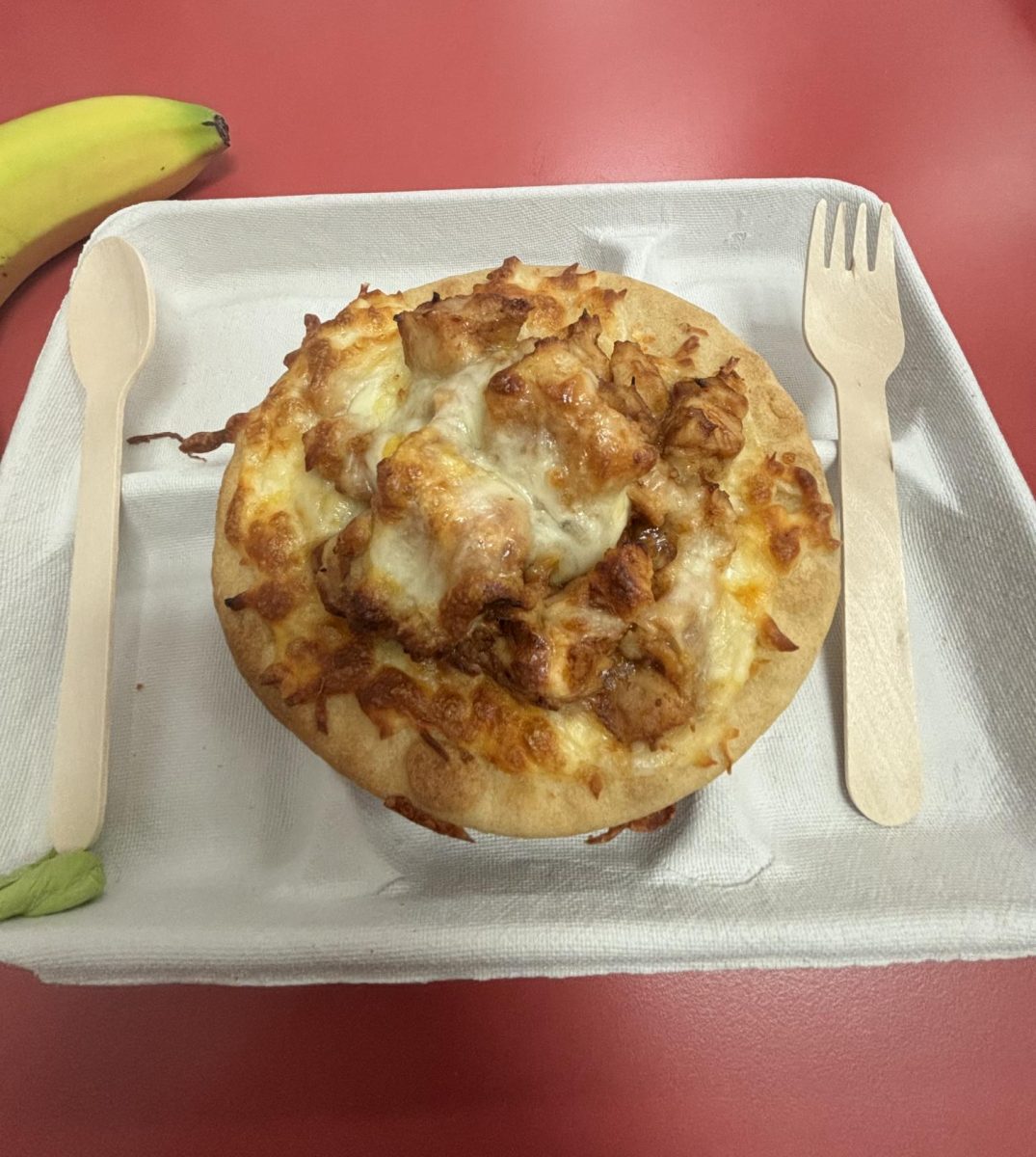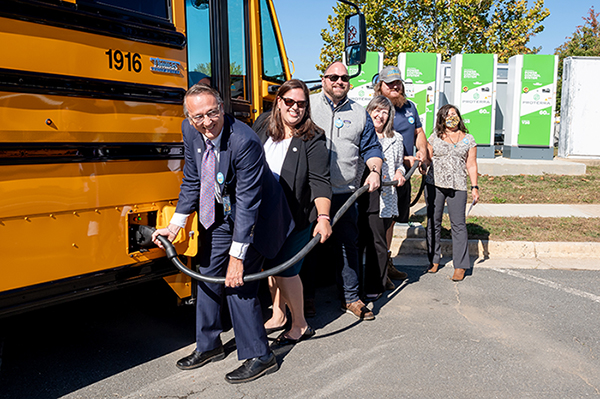47 years ago and ten miles east of the front lobby of AHS, Martin Luther King Jr. delivered his “I have a dream speech” before a sea of Americans. Just one year ago, two miles east of that, Barack Obama delivered his inauguration speech before a sea of Americans. Things have changed.
During King’s time, AHS was segregated, just like public schools across the country. But it has changed, its demographics have adjusted and today is a nationally recognized symbol for diversity and racial tolerance. In 1968 the school was only beginning to integrate. In 1998 the school was a focal study point of President Clinton’s National Advisory Board on interracial relations.
AHS is a reflection of what has changed since King’s era, what has not changed and what racial problems persist.
“Because it was opened in 1954, Annandale was initially segregated,” said AHS principal John Ponton. “The black students went to Luther Jackson.” But in May of that year, the U.S. Supreme Court ruled for desegregation in the landmark “Brown v. Board of Education” case.
Unfortunately, this only began a long march toward de facto integration and genuine racial tolerance. Students were legally forced to go to school together, but did not need to make the integration easy.
Parents and state leadership actively combated integration. Virginia’s contemporary senator Harry Byrd enacted a policy of “massive resistance” to racial integration. It was not until 1960 that black students began to slowly trickle into otherwise all white high schools in Virginia. Even after all FCPS was integrated in the fall of 1965, prejudice still persisted.
“It was terrible,” said Barbara Ann Hunter, an African-American AHS janitor who attended high school down the road at JEB Stuart HS. “The teachers used to have the white kids sit on one side and all that,” she said.
This was longer after “separate but equal” was ruled unacceptable. Despite the illegality of discrimination, problems persisted.
“We had to deal with it,” said Hunter. “I went to the principal- no help, and wrote letters- no response.” Students clashed over integration.
“There was a lot of fighting in the schools,” said Hunter. Tolerance would develop, if slowly. Integration broke down prejudices simply by forcing students of different races to cooperate.
AHS English teacher Augustine Twyman experienced this process. “I was the only black person in the high school,” she said. “It was horrible. It was absolutely horrible. I was tormented, I was teased; every move I made was mocked.”
“My parents made sure to prepare us understand what to expect- that we were fine, that it was their bad thinking… Even when you have that support… it still hurts.”
Despite this constant tormenting, Twyman was able to make her own progress towards racial acceptance.
“The irony was, junior year, I was student body president,” she said. “We [Twyman and her brothers] were always taught to take every opportunity.”
“I was also hoping all those kids would see me differently and see me better,” she said. And at least to some degree, she accomplished this aspiration.
“I won. I ran the meetings and they went smoothly. People didn’t make fun of me during the meetings. As long as I held that office, it was like I was different.”
Senior year, Twyman attended a larger, more diverse school in Monterey, California. She described this as significantly less difficult. “In Monterey I was just one of many people. I didn’t experience the racism.”
Just like Monterey, Annandale’s historical diversity has seemingly always fostered racial acceptance. “Annandale has always meshed well,” said AHS math teacher Al Martin, who student-taught in 1974. “As a county school,” he said, “kids are going to school with people they live around.”
“The facility has always been very diverse. Bringing students here has always been accepting,” he said. Simply having students of other backgrounds around, in the same classes, eating the same lunch and being taught the same material helps break down stereotypes, teach tolerance and foster racial acceptance.
This effect of inclusiveness induced by diversity reduced racial clashes at AHS throughout the schools history, and by 1998 the school became the focus of President Clinton’s study of interracial relations by his National Advisory Board on Race.
“There’s a certain respect that our students, our teachers and our support staff are very tolerant to religion, ethnicity and all that,” said Ponton.
“There’s not one dominant race,” said African-American senior Terrance Varner.
“It’s not just one race. You’re not a black guy among white people,” said junior Abenezer Anteneh. In fact, the school is only 29 percent white, a full percentage point behind the leading demographic, Hispanic. No major demographic group outnumbers any other group by more than 400 people, or 15 percent.
Not only is AHS diverse, but also “we have at least a dozen clubs that are designed to not only promote cultural awareness but also for these groups to celebrate their own backgrounds. It speaks to inclusiveness,” said Ponton.
Students largely agree that extra-curricular activities foster racial tolerance. “School activities help [foster integration],” said Anteneh. “Football has brought us together,” he said while laughing with a white friend.
The general consensus among AHS students today is that racism, prejudice and racial intolerance has overwhelmingly subsided. And yet beneath this seemingly ubiquitous tolerance within the school, King’s dream has not been entirely achieved. Some racial intolerance persists.
“There’s a few [racists] and you can still see it on peoples faces, prejudice and all that,” said Hunter. “[King] accomplished a lot, but [racism] is still here,” she said.
Racist remarks are grumbled under students’ breaths, and stereotypes still stand in students’ minds. “I hear the way they say things to each other and say, ‘I can’t believe you said that’,” said Hunter.
Additionally, racism has spread to other groups than African-Americans. After September 11, 2001, students of Middle-Eastern decent began experiencing prejudice.
“I’ve caught a lot of people giving me weird looks,” said Afghan and Kuwaiti senior Sammy Qabazard. “It’s getting better though,” he said.
So, while progress has been made, stereotypes, racial ignorance and intolerance remains. Statistically speaking, whites are becoming a smaller percentage of America. As diversity increases as a product of immigration, continuing this progress of racial tolerance has become a necessity. Remembering King’s legacy is now not only honorable, but practically critical as well.







